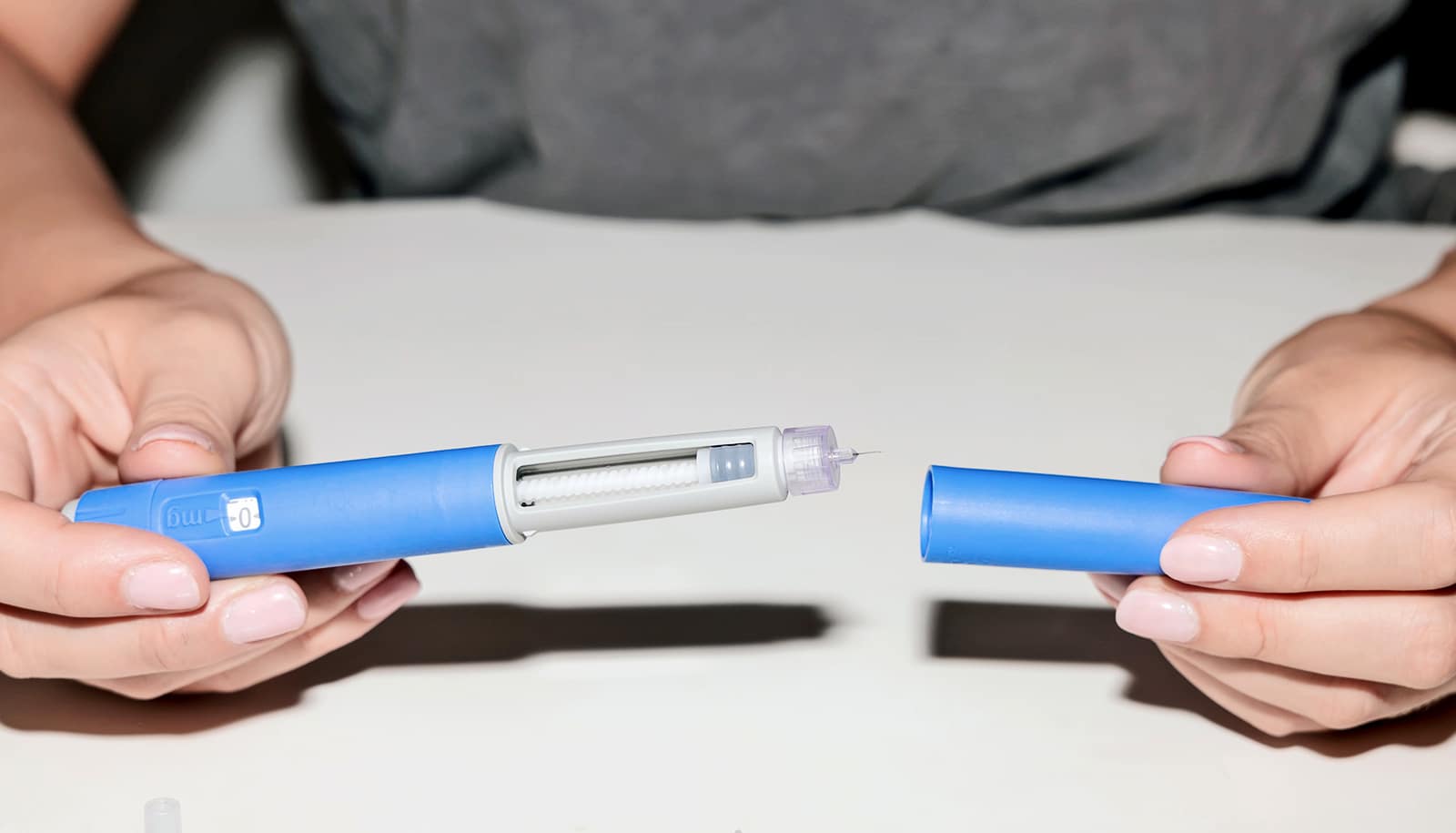Even a relatively mild Zika outbreak in the continental United States could cost more than $183 million in medical bills and productivity losses, and a worse epidemic could come with a price tag of $1.2 billion or even more.
Experts estimated the potential impact of epidemics of various sizes in five Southeastern states and Texas, the US locations most populated by Aedes aegypti, the mosquito most likely to carry the disease.
The model considered health care costs, such as visits to the doctor, laboratory tests, and the lifetime cost of caring for a child born with microcephaly.
“This is a threat that has not gone away. Zika is still spreading silently and we are just now approaching mosquito season in the United States, which has the potential of significantly increasing the spread,” says study leader Bruce Y. Lee, an associate professor of international health at Johns Hopkins University’s Bloomberg School of Public Health.
“There’s still a lot we don’t know about the virus but it is becoming clear that more resources will be needed to protect public health. Understanding what a Zika epidemic might look like, however, can really help us with planning and policy-making as we prepare.”
While many infected by the Zika virus suffer mild symptoms, if any, a Zika infection during a woman’s pregnancy can cause severe birth defects such as microcephaly or other brain problems. In regions affected by Zika, there have also been increased reports of Guillain-Barré syndrome, a rare illness of the nervous system. There is no treatment nor is there a vaccine to prevent Zika.
Policymakers need estimates of Zika costs to help guide funding decisions, researchers say. It is unclear how many people in the United States have already been infected and how many more cases will occur this summer, but the findings, published in the journal PLOS Neglected Tropical Diseases, are further evidence that the costs of any Zika outbreak would be high.
For the study, researchers developed and ran a computational model estimating the impact of different rates of spread if Zika were to hit Florida, Georgia, Alabama, Mississippi, Louisiana, and Texas. The model considered health care costs—such as visits to the doctor, laboratory tests, and the lifetime cost of caring for a child born with microcephaly—as well as productivity losses.
Even assuming an attack rate—the percentage of the population eventually infected—of only 0.01 percent, the model estimates that Zika would cost more than $183 million and cause more than 7,000 infections, two cases of microcephaly, and four cases of Guillain-Barré.
An attack rate of 1 percent would cause more than 704,000 infections, 200 cases of microcephaly, and 423 cases of Guillain-Barré. The 1-percent attack rate could result in $1.2 billion in medical costs and productivity losses to the economy. A 10-percent attack rate could cost more than $10.3 billion.
Is Zika coming to a city near you? Check out this map
These attack rates would be far lower than those seen in French Polynesia (66 percent), on Yap Island in Micronesia (73 percent), and in the state of Bahia in Brazil (32 percent), where the current Zika outbreak in the Americas and the Caribbean is believed to have originated. They are also lower than recent outbreaks of chikungunya, a virus spread the same way as Zika, including one in Puerto Rico (23.5 percent).
After much delay last year, Congress allocated $1.1 billion for mosquito control efforts and vaccine development, as well as for emergency health care for Puerto Rico, where more than 35,000 people contracted the virus. But, Lee believes far more money may be necessary, given his estimates for medical care.
Experts predict the next US states for Zika infections
“Without details regarding the Zika-prevention measures that would be implemented and how effective these may be, it is unclear what percentage of these costs may be averted,” Lee says.
“But our model shows it is very likely that preventing an epidemic—or at least finding ways to slow one down—would save money, especially since epidemics like Zika have hidden costs that aren’t always considered.”
Other researchers from Johns Hopkins and from Yale University and the National School of Tropical Medicine at Baylor College of Medicine are coauthors of the study. National Institutes of Health, the Agency for Healthcare Research and Quality, and the US Agency for International Development funded the work.
Source: Johns Hopkins University



